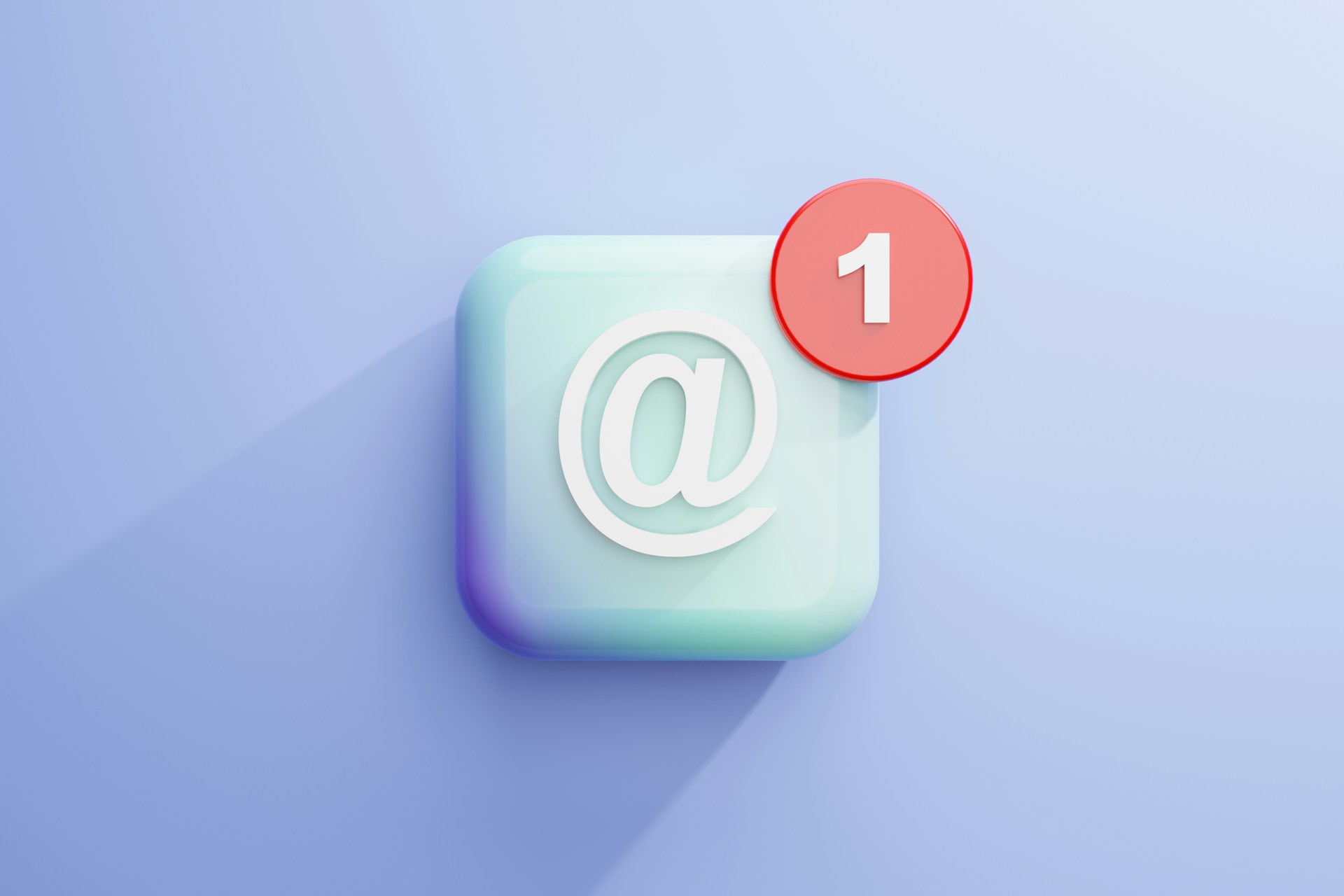Introduction
Email has entered its most exciting era yet. In 2025, the inbox isn’t just a space for promotions—it’s a personalized stage where every message competes for attention, emotion, and action. Static layouts and cookie-cutter templates no longer cut it; subscribers expect experiences that move, respond, and remember them. With AI-driven personalization, modular design, and interactive elements redefining what’s possible, email has evolved from a broadcast tool into a **dynamic brand experience**. This article explores how marketers can design custom templates that don’t just look good—but **feel alive**, bridging the gap between creativity and data to deliver emails that connect on a human level.
Start with the Strategy, Not the Template
Before jumping into colors and layouts, start by asking why you’re creating the email. Every great custom template begins with a clear goal—whether it’s welcoming new subscribers, re-engaging past customers, or promoting a seasonal offer. For example, a re-engagement email might use interactive polls to learn why users went quiet, while a product launch could include personalized product sliders based on browsing history. When marketers align design with purpose, personalization and interactivity feel natural—not forced. Partnering with custom email template design services can also help translate those strategic goals into tailored, high-performing designs. Here, strategy guides creativity, ensuring every click, animation, or name tag adds meaning and moves the reader closer to action.
Data Is the New Design Tool
Data isn’t just for analysts—it’s a designer’s secret weapon. Every click, scroll, and preference tells a story that can shape how an email looks and feels. For instance, a travel brand can show sunny beach images to users who searched for “tropical getaways,” while adventure seekers see mountain trails. Zero-party data, like a subscriber’s style preferences, can personalize everything from color schemes to product layouts. Instead of one-size-fits-all templates, each reader gets a message that feels tailor-made. The best designers now mix creativity with analytics, proving that in modern email design, data drives not only personalization, but also a deeper emotional connection.
Make Templates Feel Human
Automation should never sound robotic. The best custom email templates balance smart technology with a human touch. Instead of generic greetings, adaptive subject lines and personalized CTAs can reflect where each person is in their journey—like saying “Welcome back, Maya!” instead of “Dear Customer.” Contextual copy helps too; a returning shopper might see “Still thinking about those sneakers?” while a new subscriber gets “Start your journey with us.” These small details make emails feel genuine and caring. Personalization works best when it’s rooted in empathy—helping, delighting, and connecting with readers rather than bombarding them. Every automated email should still read as if it were written just for one person.
Design for Interaction, Not Just Attention
Modern email design isn’t just about catching the eye—it’s about keeping people engaged. Interactive elements like polls, sliders, countdown timers, and scratch cards turn emails into experiences instead of static messages. For example, a fashion brand might let subscribers “slide” between outfit options, or a retailer could use a countdown timer to build excitement for a flash sale. Animated GIFs can add motion and energy without overwhelming the design. But interactivity only works when it’s accessible and responsive—every user, on any screen, should enjoy the same smooth experience. When used thoughtfully, interactivity transforms email from a one-way message into a dynamic, two-way conversation.
Build a Template System That Grows with You
Instead of designing every email from scratch, think in systems, not silos. A modular email design approach—built with reusable blocks, consistent branding, and editable sections—lets teams create faster without losing quality. For example, a product feature block, testimonial section, or CTA banner can be reused across campaigns with just a few tweaks in content or color. This keeps your emails visually consistent and easy to update as your brand evolves. A flexible design system becomes the backbone of scalable personalization, helping marketers adapt quickly to new goals, audiences, or trends. In short, smart structure fuels creative freedom—and future-proofs your email strategy.
Test, Learn, and Evolve
A great email design is never truly finished—it’s always evolving. The smartest marketers treat every send as a chance to learn. A/B testing helps uncover what really clicks—whether it’s a subject line that sparks curiosity, an image that boosts engagement, or an interactive feature that keeps readers exploring. Heatmaps and analytics reveal how people scroll, tap, and engage, giving designers the insight to refine each element. Over time, these small experiments build smarter, more effective templates that grow with your audience. By turning testing into a habit, you keep your email strategy agile, adaptive, and perfectly in tune with what subscribers actually want.
Conclusion
As we move deeper into 2025, email design isn’t about chasing trends—it’s about deepening connections. The most effective templates will be those that think, feel, and adapt like the audiences they serve. Every animation, data-trigger, and personalized detail should add meaning, not noise. When creativity meets intelligence, email stops being a channel and becomes an experience—one that evolves with every send. The future belongs to marketers who see templates not as static layouts, but as living, breathing touchpoints built to inspire engagement, trust, and genuine connection.
